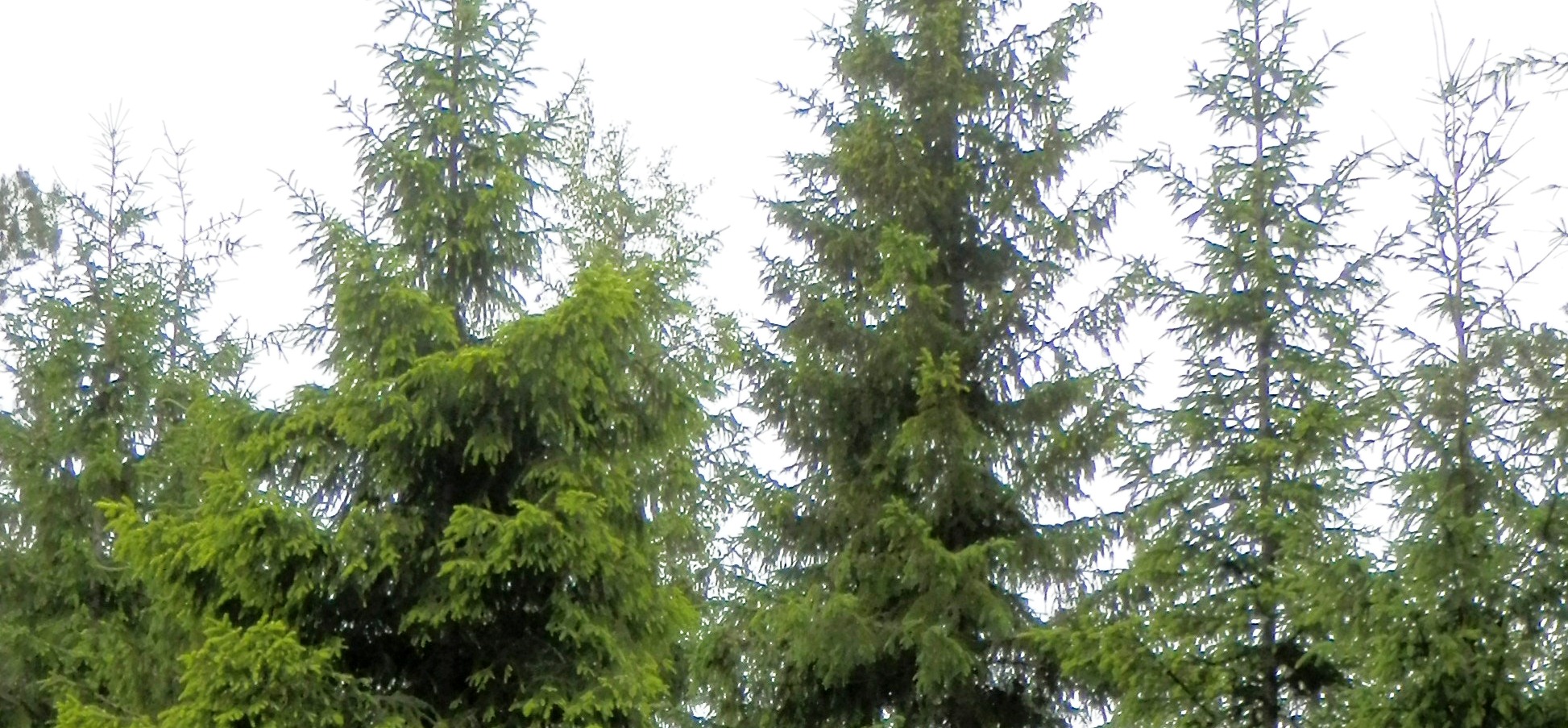The spruce tissue culture line has been an object for several studies focusing on biosynthesis and structure of the extracellular lignin (Brunow et al. 1993, 1998; Gustafsson et al. 2001; Kärkönen et al. 2002; Kärkönen and Koutaniemi 2010; Kärkönen et al. 2014a, Laitinen et al. 2017). The emphasis has been on the enzymes involved in activation of lignin precursors (peroxidases and / or laccases), as well as in the characterisation of the genes for enzymes responsible for monolignol biosynthesis and their polymerisation (Kärkönen 2002; Kärkönen et al. 2002; Koutaniemi et al. 2005, 2007, 2015; Warinowski et al. 2016, Laitinen et al. 2017).
My research interests originated from the observation that H2O2 removal from the culture medium strongly reduces the amounts of extracellular lignin. As H2O2 is needed by peroxidases this data suggest that peroxidases have the main role in activation of monolignols for lignin biosynthesis in the spruce cell culture. This led to the question of the origin of H2O2 in the cell wall during lignin formation. H2O2 generation mechanisms have been studied by using cultured spruce cells. The situation during lignin formation was compared to that of an H2O2 burst in defense reaction obtained by eliciting spruce cells with cell wall fragments of a spruce pathogenic fungus, Heterobasidium parviporum (Kärkönen and Fry 2006, Kärkönen et al. 2009). In relation to this, the role of redox active enzymes in plasma membranes, like respiratory burst oxidase homolog, Rboh, has being studied (Kärkönen et al. 2014a; Kärkönen and Kuchitsu 2015; Nickolov et al. 2022).
In order to study regulation of lignin biosynthesis, a large scale phenolic and transciptomic profiling was conducted using the extracellular lignin-forming cell culture with lignin formation and when lignin formation was inhibited by scavenging of H2O2. This inhibited the action of peroxidases (Laitinen et al. 2017). The results show that apoplastic redox state regulates not only phenolic metabolism, but the whole cellular metabolism. The work also identified several novel proteins (e.g. carbohydrate oxidoreductases) for further evaluation. One collaboration project focuses on these enzymes, and their potential use in applications to modify biomass.
In addition to the tissue culture, developing xylem of spruce is used as a research material. The origin of monolignols used in developing tracheids for cell wall lignification has been investigated by RNA-Seq and single cell metabolomics. For RNA-Seq, developing ray parenchymal cells and tracheids were separately collected by laser capture microdissection (Blokhina et al. 2017). In addition, single cell metabolome analysis was conducted in living plantlets, and both monolignols and monolignol glucosides were detected in both cell types. The results show that in Norway spruce ray parenchymal cells contribute in monolignol production in addition to developing tracheids (Blokhina et al. 2019).
The current interests include transport of monolignols, the precursors for lignin, into the apoplast (Väisänen et al. 2020; Kankaanpää et al., 2024), monolignol toxicity (Väisänen et al. 2015), and lignin carbohydrate complexes (Giummarella et al. 2019). In addition, the effect of xylan supplementation on the biosynthesis of extracellular lignin has been investigated (Sapouna et al. 2023).

